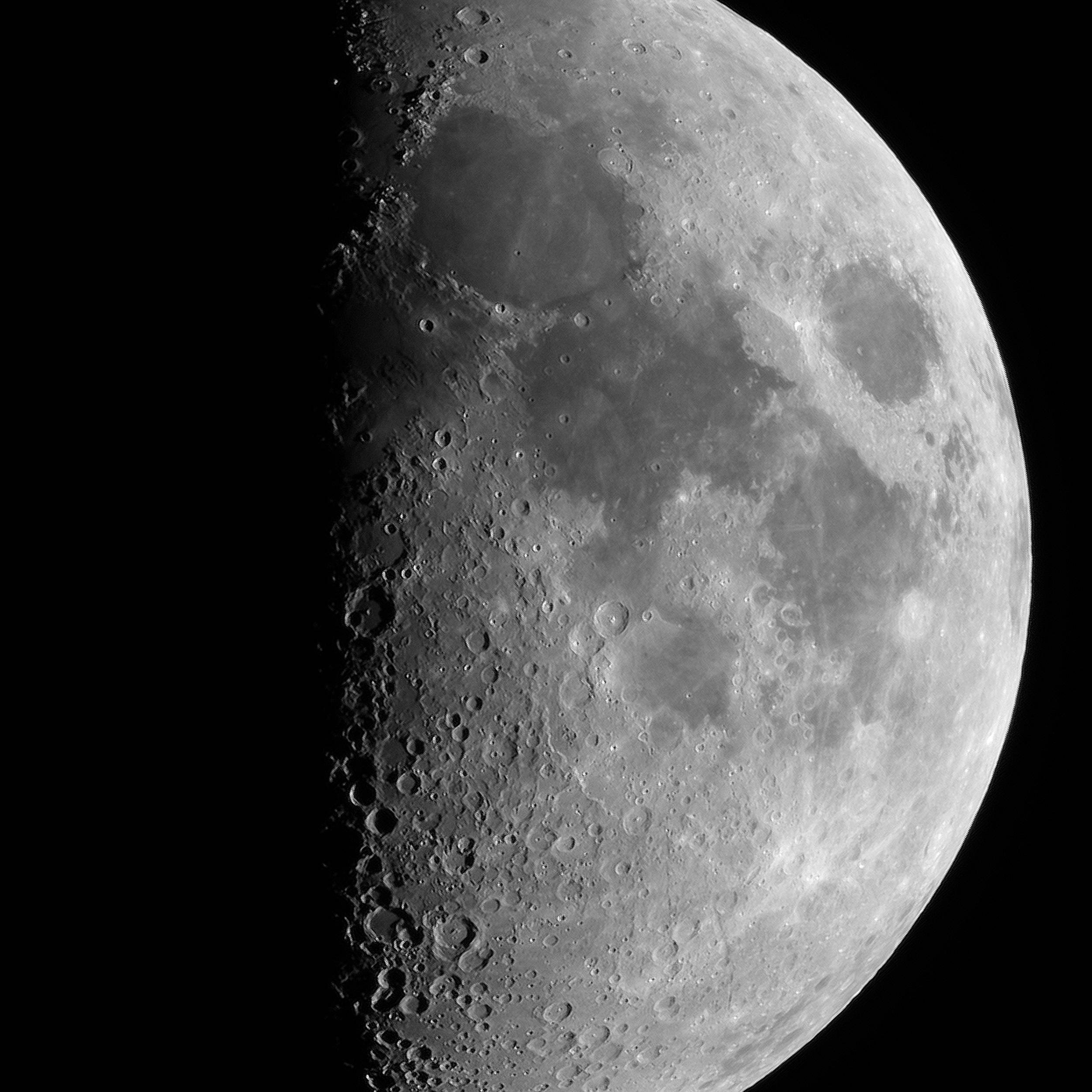
T Coronae Borealis: a once-in-a-lifetime astronomical event
08 Aug. 2024
In the expanse of the night sky, the Corona Borealis constellation is about to display a phenomenon that has fascinated astronomers for centuries. At the core of this constellation lies T Coronae Borealis, a star that periodically treats observers to a performance known as a recurring nova. T Coronae Borealis could become a nova again by September of this year.
Let’s delve into the essence of this phenomenon and why it holds significant intrigue within the realm of astronomy.
The Marvel of Novae
Imagine a star, typically visible only through a telescope, that might suddenly brighten so intensely it becomes visible to the naked eye, as if a brand new celestial body has emerged in the heavens. This is precisely what is about to happen with T Coronae Borealis, located 2,600 years away from our planet. Classified as symbiotic binary star, its luminosity undergoes fluctuations over time. These abrupt surges in brightness termed “novae” – Latin for “new” – manifest when the star erupts in brilliance beyond its radiance.

Source: lanouvellerepublique.fr
A Binary System with Matter Transfer
The star will transition from its current magnitude of 10 (visible with Vaonis telescopes but not to the naked eye) to a magnitude of 2, making it visible to the naked eye. At this brightness, it will shine as brightly as the North Star, Polaris.
T Coronae Borealis is a star system comprised of a white dwarf star accompanied by a red giant star. They orbit around each other, revolving around their common center of mass. White dwarfs, essentially the remnants of stars that have exhausted their fuel, emit a glow from residual heat. When the red giant expands, its outer layers begin to overflow onto the white dwarf due to gravitational forces, resulting in some rather explosive outcomes.
Exploring Stellar Explosions
As the gas from the giant accumulates on the surface of the dwarf, pressure and temperature levels rise significantly. When conditions are optimal, a runaway thermonuclear reaction occurs, triggering an explosion. This explosion propels the gathered gas out into space forming the flare we witness as a nova. T Coronae Borealis undergoes this captivating process every 80 years, becoming an occurrence in the celestial calendar.
A Leap Through History: Observations Past and Present
T Coronae Borealis has been experiencing eruptions for centuries, with historical records documenting these occurrences. The morning of February 9, 1946, American astronomer Armin Joseph Deutsch, of the Yerkes Observatory, observed the explosion which was the last time it could be seen. This event reached an apparent magnitude of 3.2 and an absolute magnitude of -8.4, equivalent to 180,000 times the luminosity of the Sun. The gas shells surrounding the star system serve as proof of these explosions. With modern telescopes at our disposal, we can now delve into these nova events with precision, uncovering fresh insights into their mechanisms and stellar life cycles.
Novas vs. Supernovas: Contrasting Celestial Phenomena
Though novas dazzle with their brilliance, they should not be mistaken for supernovas. Supernovae occur when a massive star undergoes a collapse, resulting in a dazzling explosion that can surpass the brightness of galaxies for a brief period. In contrast, novas are considered less dramatic but still intriguing, offering insights into the behaviors and interactions of stars. Additionally, novas are more or less predictable, being periodic events, whereas it is impossible to predict precisely when a dying star will become a supernova. For example, Betelgeuse is a strong candidate for a supernova, but this could happen next year or a thousand years from now.
Watching Safely: A Distant Perspective
Fortunately, T Coronae Borealis is situated 2,600 years away from Earth ensuring no threat to our planet. This secure distance enables astronomers to observe its nova occurrences without risking any harm granting them a glimpse into the mechanisms of evolution and the dynamics of star systems.
T Coronae Borealis should stand out as a captivating presence in the night sky illustrating the changing and dynamic essence of our universe. Each nova event contributes to a comprehension of the relationships among celestial entities. With advancements, in technology our capacity to study and interpret these occurrences will expand further unveiling secrets hidden above us.




